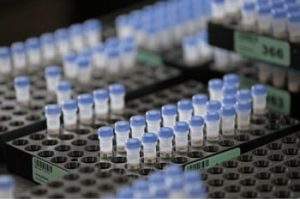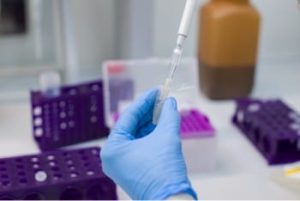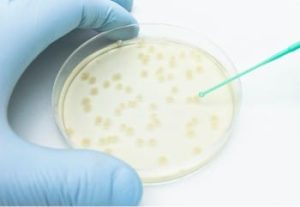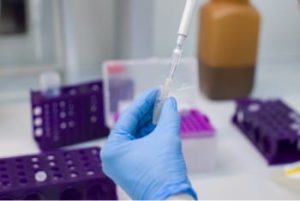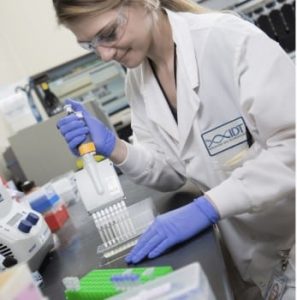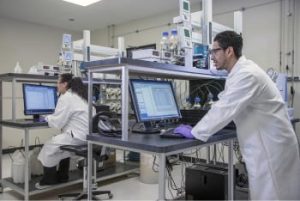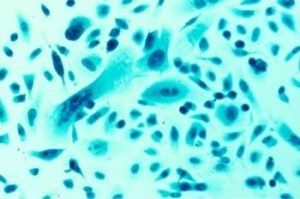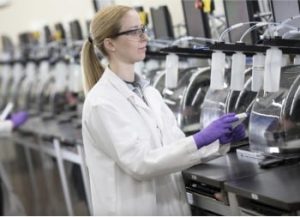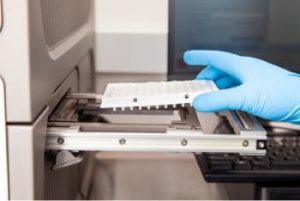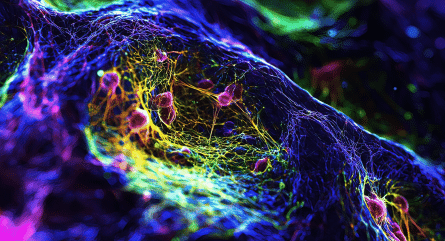What is targeted sequencing?
Next generation sequencing (NGS) is a revolutionary technique that has found wide applicability, including determining and characterizing unknown sequences, assessing changes and variability in known sequences, and quantifying gene expression. High-throughput sequencing enables sequence profiling of DNA and RNA and can run samples in parallel, resulting in massive time savings. The ability to generate large amounts of sequencing data in a relatively short amount of time supports a wide range of genetic analysis applications and accelerates advances in fundamental and applied research.
To even further decrease time and cost associated with sequencing, targeted NGS gives users the opportunity to sequence only specific areas of interest of the genome while omitting regions irrelevant to the user for more in-depth analyses, instead of sequencing the whole genome (WGS). Targeted sequencing can identify known and novel variants within your region of interest. The method generally requires less sample input, produces only relevant data as opposed to WGS that covers the entire genome, and makes downstream analyses more manageable.
Hybridization capture vs amplicon sequencing
There are several types of targeted sequencing, each appropriate for specific applications. The most popular methods are hybridization capture and amplicon sequencing. The technologies behind these methods are all different and come with their own benefits and challenges (Table 1).
Table 1. Comparison of hybridization capture and amplicon sequencing.
| Feature | Hybridization capture | Amplicon sequencing |
|---|---|---|
| Number of steps | More steps | Fewer steps |
| Number of targets per panel | Virtually unlimited by panel size | Flexible, usually fewer than 10,000 amplicons |
| Total time | More time | Less time |
| Cost per sample | Varies | Generally lower cost per sample |
Considerations when choosing a targeted sequencing method
The method chosen for performing targeted sequencing can be determined by considering several factors:
- Number of targets—hybridization capture results in more sequenced targets per panel.
- Total time and number of steps—amplicon sequencing provides a shorter and more streamlined workflow.
- On-target rate and uniformity—amplicon sequencing has naturally higher on-target rates than hybridization capture due to the resolution of primer design. That being said, hybridization capture results in greater uniformity.
- Noise and false positives—hybridization capture results in lower noise levels and fewer false positives
Targeted sequencing applications
Targeted sequencing can be used for a variety of applications. Generally, hybridization capture works well for larger targets and for rare variant identification. It is the method of choice for exome sequencing and is commonly used in oncology research. Amplicon sequencing is recommended to be used for smaller targets, as well as for identification of germline SNPs, indels, and known fusions. These approaches are also suitable verifying CRISPR on- and off-target edits after genome editing.
Learn more about targeted sequencing
All these points are examined in detail with recommendations and rationale provided in the Targeted sequencing guide. This extensive application guide provides chapters on experiment selection and application, time requirements, and throughput. Target rate and uniformity are also discussed. The guide is written by IDT scientists and is free—simply download it here.
RUO23-1700_001.1

